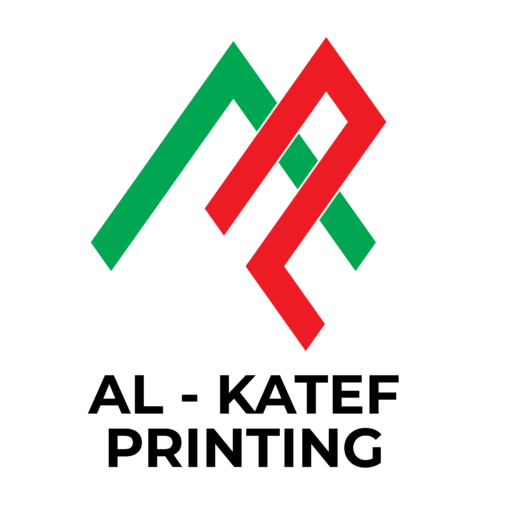
Print on Demand (POD) has emerged as a revoution in the printing industry, offering a flexible and efficient way to produce printed materials. Unlike traditional printing methods, which require large upfront investments and stockpiling of inventory, POD allows businesses to print products only when they are ordered, significantly reducing costs and waste.
How Does Print on Demand Work?
The POD process involves:
- Digital Design: Creating digital artwork or designs for the desired product.
- Upload and Integration: Uploading the designs to a POD platform, which integrates them with printing and fulfillment services.
- Order Placement: Customers place orders for the products, specifying the desired customizations.
- Printing and Fulfillment: The POD platform triggers the printing of the product on demand and ships it directly to the customer.
Benefits of Print on Demand : A Revolution in the Printing Industry
- Reduced Inventory Costs: No need to stock large quantities of inventory, eliminating the risk of product obsolescence and storage costs.
- Increased Flexibility: Ability to offer a wide range of products and customizations without significant upfront investment.
- Lower Risk: Minimal financial risk as products are only printed when ordered, reducing the potential for losses.
- Faster Time to Market: Products can be produced and shipped quickly, meeting customer demand efficiently.
- Eco-Friendly: POD reduces waste by printing only what is needed, contributing to a more sustainable environment.
Applications of Print on Demand
- Books and eBooks: Publishing books on demand allows authors to reach a wider audience without the need for large print runs.
- Apparel: Customizing clothing and accessories with personalized designs or logos.
- Home Decor: Creating unique home decor items like wall art, pillows, and mugs.
- Stationery: Producing personalized stationery, greeting cards, and notebooks.
- Packaging: Designing and printing custom packaging for products.
Choosing the Right Print on Demand Platform
When selecting a POD platform, consider factors such as:
- Printing Quality: Ensure the platform offers high-quality printing and materials.
- Product Range: Evaluate the variety of products that can be printed.
- Customization Options: Check if the platform allows for extensive customization.
- Fulfillment Services: Consider the speed, reliability, and cost of fulfillment services.
- Pricing: Compare pricing structures and fees to find the most cost-effective option.
Conclusion – Print on Demand: A Revolution in the Printing Industry
Print on Demand has revolutionized the printing industry by offering a flexible, efficient, and cost-effective solution for businesses. By eliminating the need for large upfront investments and reducing waste, POD enables businesses to meet customer demand while minimizing risks. As technology continues to advance, we can expect to see even more innovative applications of POD in the future.


